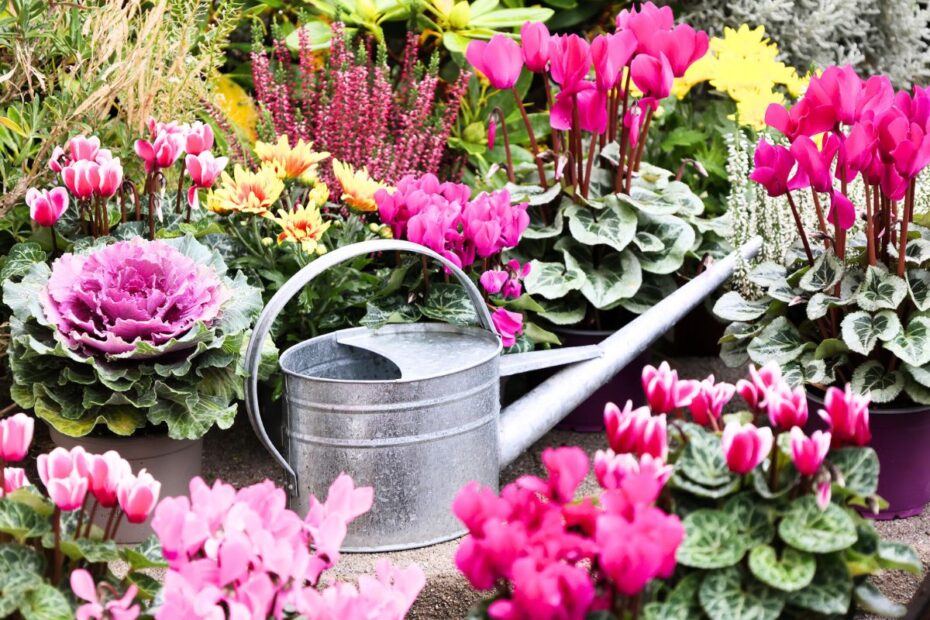Summer might be fading, but your garden doesn’t have to lose its spark. With the right plants, August can be the start of a color explosion that carries right through autumn. Instead of putting your tools away, now is the perfect moment to sow and plant varieties that thrive in cooler weather and deliver a dazzling display well past the last barbecue of the season.
Chrysanthemums: autumn’s bold statement
Often associated with November cemeteries, chrysanthemums deserve a brighter reputation. These resilient blooms come in an astonishing palette—from crisp whites and sunny yellows to fiery oranges, deep reds, and striking violets. Planting them in August gives them plenty of time to settle in before they burst into full bloom.
Hardy enough to withstand temperatures down to -15°C (5°F), chrysanthemums are low-maintenance and love a sunny, well-drained spot. To create maximum impact, mix different varieties: pompom types for round clusters, daisy-like blooms for a natural touch, and double-petal styles for extra drama. Together, they’ll light up your borders like a festival of color.

Dahlias: the undisputed stars
With more than 20,000 varieties worldwide, dahlias are the true showstoppers of the fall garden. Whether you go for petite dwarf varieties, elegant “collarette” types, spiky cactus blooms, or round ball-shaped flowers, the effect is pure spectacle.
Their colors are just as varied—soft pastels, glowing oranges, blood-reds, vibrant purples, and even near-black tones. Dahlias thrive in fertile, well-drained soil and keep blooming until the first frosts. But beware: they don’t tolerate cold well. Once temperatures dip below -5°C (23°F), you’ll need to dig up and store the tubers to protect them through winter.

Pansies: small but full of charm
Pansies may be tiny—usually only 4 to 8 inches tall—but don’t underestimate their impact. These hardy little flowers bloom through fall and even into winter, filling pots and borders with cheerful bursts of color. They’re perfect for edging larger plants like dahlias or chrysanthemums, and they self-seed, meaning they’ll happily return on their own next year.
Their range of colors is dazzling: the familiar blue-violet and yellow combo is common, but you’ll also find orange, pink, white, black, and even multi-colored varieties. As a quirky bonus, their petals are edible and make a delightful garnish for salads and desserts.

Asters: the autumn stars
It’s no accident that the word aster means “star” in Latin. With their delicate, star-shaped petals, asters create shimmering clouds of color that last until the first hard frost. Once established, they’re extremely hardy—surviving temperatures as low as -23°C (-9°F)—and they adapt well to both pots and open ground.
New England asters, dumosus types, and the ethereal Snow Flurry are among the most reliable choices. Whether you prefer vivid blues, rich purples, raspberry pinks, or soft blush tones, asters bring a celestial touch to any garden, transforming borders into living, breathing works of art.

Keep the fireworks going
Autumn gardens don’t have to be muted or melancholy. By planting chrysanthemums, dahlias, pansies, and asters in late summer, you’ll create a floral firework show that dazzles right up to winter. Instead of saying goodbye to color when summer ends, you’ll simply be turning the page to the next act of your garden’s year-round performance.
